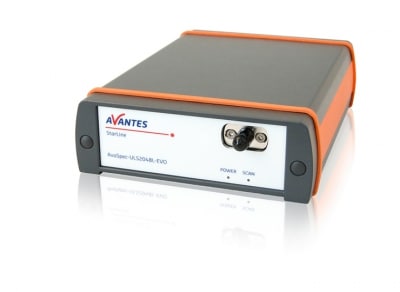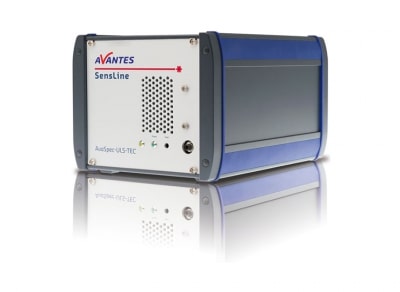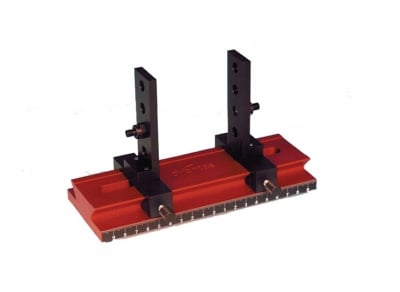The interaction of light with matter can reveal a great deal of information about the characteristics and nature of your sample material. When electromagnetic energy in the form of ultraviolet, visible or near-infrared light strikes the surface of a material, that energy is transmitted, reflected or absorbed or, most likely, some combination of these. How the light behaves when it hits a surface depends on physical characteristics, structure and chemical properties of the material.
Physical Laws Governing Light Behavior
In analyzing light spectra, there are several well documented scientific principles governing the behavior of light that help us make sense of the collected data. Developing reference standards adds further utility to spectra data, allowing researchers and scientists around the world to share understanding and a common vocabulary.
One of the most common and essential physical law that spectroscopists use is the Beer-Lambert law which explains light attenuation in relation to the physical properties of the sample and states that transmission is proportional to a sample’s optical depth and the concentration of the absorbing species in a material sample.
The modular design and multichannel capabilities of the Avantes line are a benefit in transmission and reflection spectroscopy, enabling broadband coverage from approximately 200 nm through 2500 nm while achieving incredible resolution for target wavelength ranges. We also offer a wide selection of versatile sampling accessories and probes. Discover the right solution for your transmission/ reflection measurement needs with the help of our expert sales engineers today.
Applications for Transmission/Reflection Spectroscopy
Transmission reflection spectroscopy is so prevalent that it is nearly impossible to list even a fraction of the applications researchers have found and it forms the basis of many other spectroscopic techniques. Color measurements are based on reflection spectroscopy and thin film metrology in the semiconductor industry is based on reflection or transmission spectroscopy. We also find transmission reflection measurements at work in biological and life sciences when studying everything from air pollution to the structure of butterfly wings.
 My Cart
My Cart 


